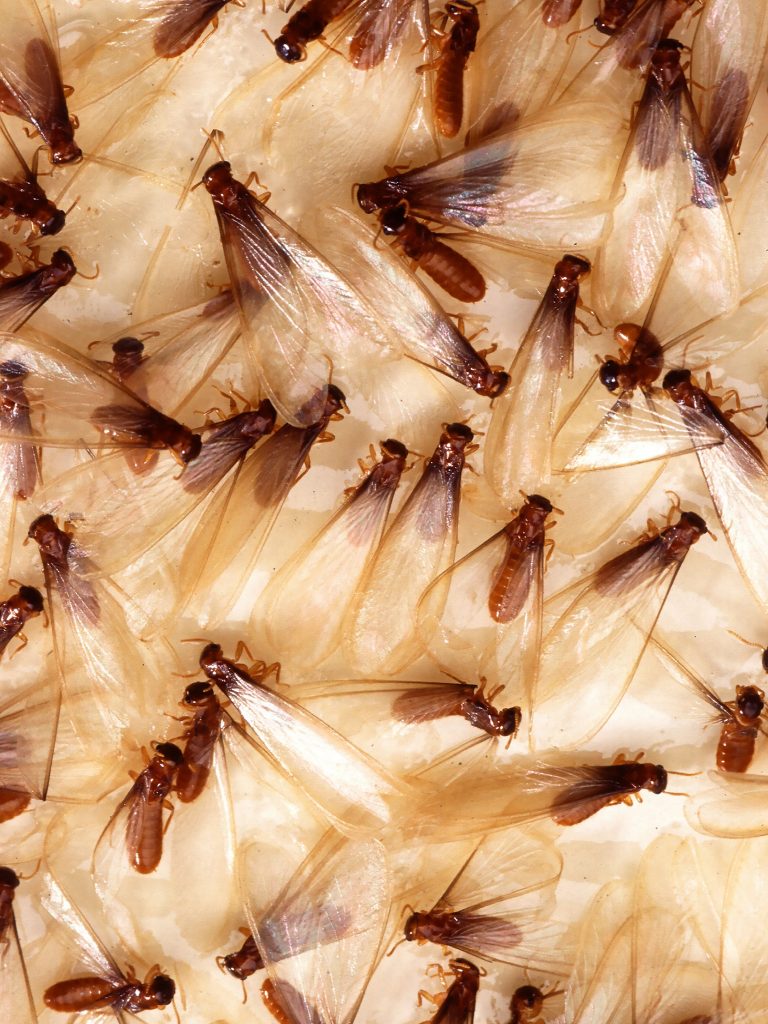Formosan termites have been found in Texas, bringing with them their destructive tendencies and the potential for costly damage to homes and businesses. In this article, we will discuss the characteristics of Formosan termites and how to identify and prevent an infestation. With the right knowledge and preventative measures, you can help protect your property from these voracious pests.
Definition of Formosan Termites
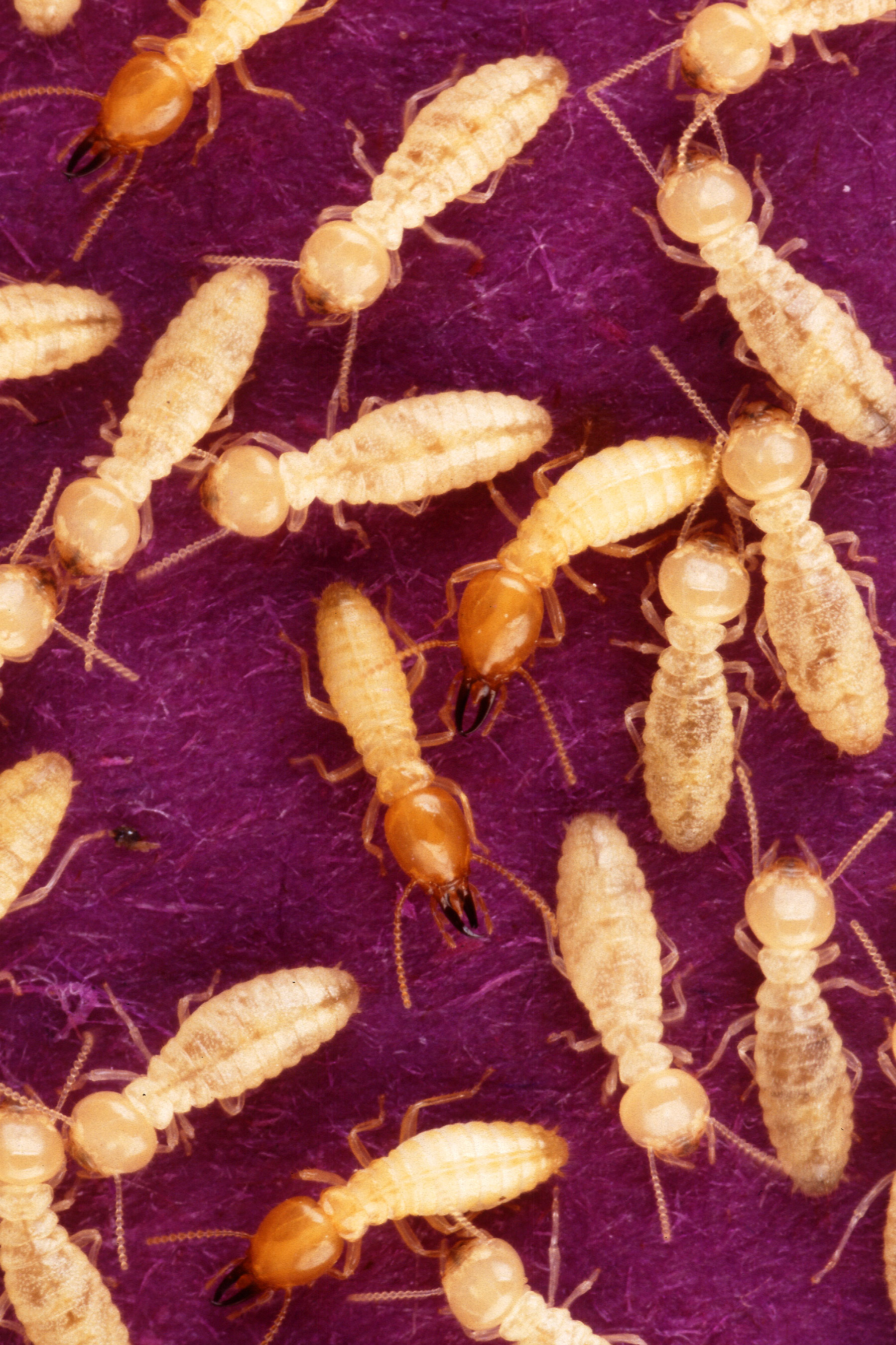
- Formosan termites are a species of subterranean termite native to China, Taiwan, Japan and many other parts of Asia.
- These termites are known for their aggressive and destructive behavior, making them one of the most destructive termite species in the world.
- Formosan termites are known to form large colonies, consisting of millions of individuals, and have the ability to travel great distances in search of food.
- The colonies are built by creating underground tunnels and nests, making them difficult to detect.
- Formosan termites feed on wood and other cellulose-based materials, including paper, insulation, and drywall.
- They are capable of causing significant structural damage to buildings in a short period of time.
Where Formosan Termites are Found
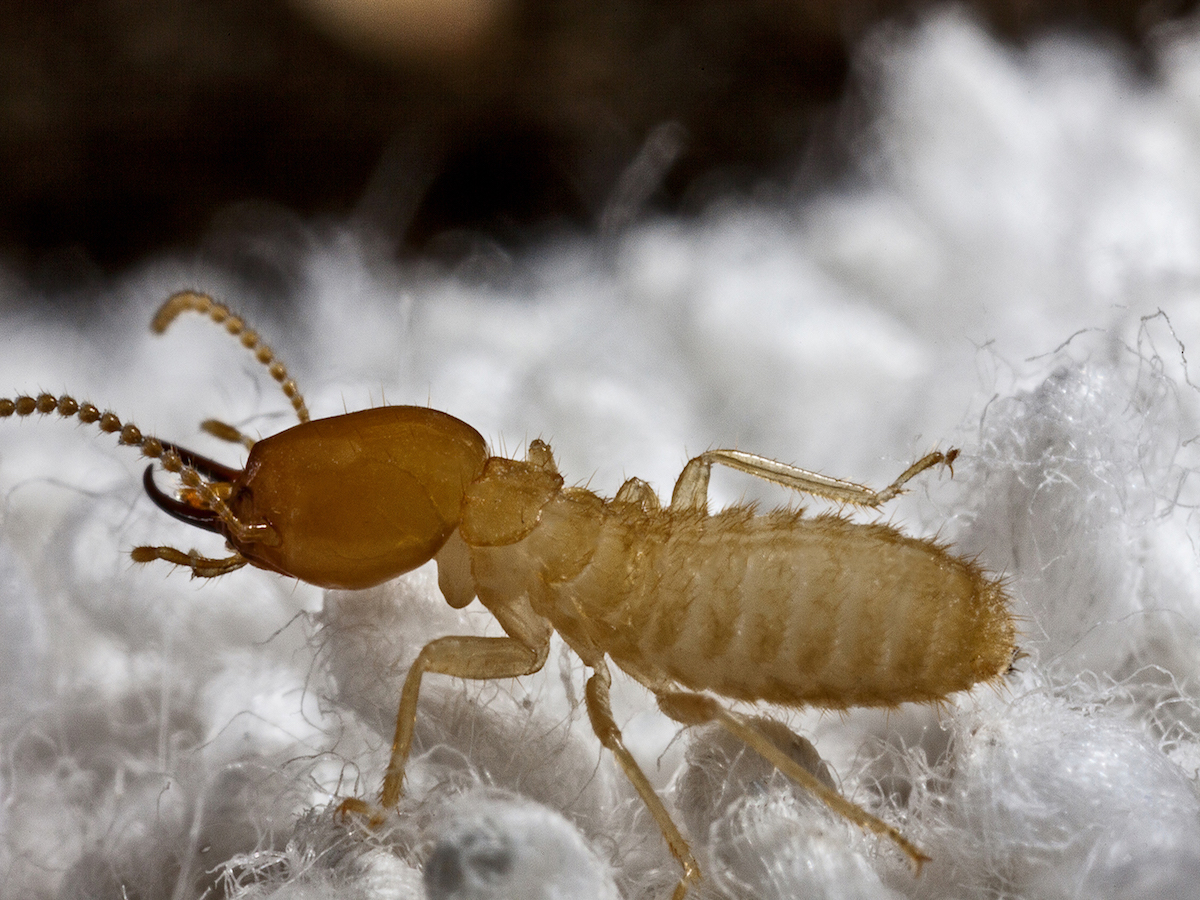
| Location | Area |
|---|---|
| Texas | Houston, Galveston, and Beaumont |
| Mississippi | Southern and coastal counties |
| Louisiana | New Orleans area |
| Alabama | Mobile and Baldwin counties |
| Georgia | Savannah area |
| Florida | Boca Raton, Key West, and Miami |
| South Carolina | Charleston |
Formosan termites are found in several states in the US. In Texas, Formosan termites are found primarily in Houston, Galveston, and Beaumont. In Mississippi, they are found in the southern and coastal counties. In Louisiana, they are found in the New Orleans area. In Alabama, they are found in Mobile and Baldwin counties. In Georgia, they are found in the Savannah area. In Florida, they are found in Boca Raton, Key West, and Miami. And in South Carolina, they are found in the Charleston area.
Occurrence of Formosan Termites in Texas
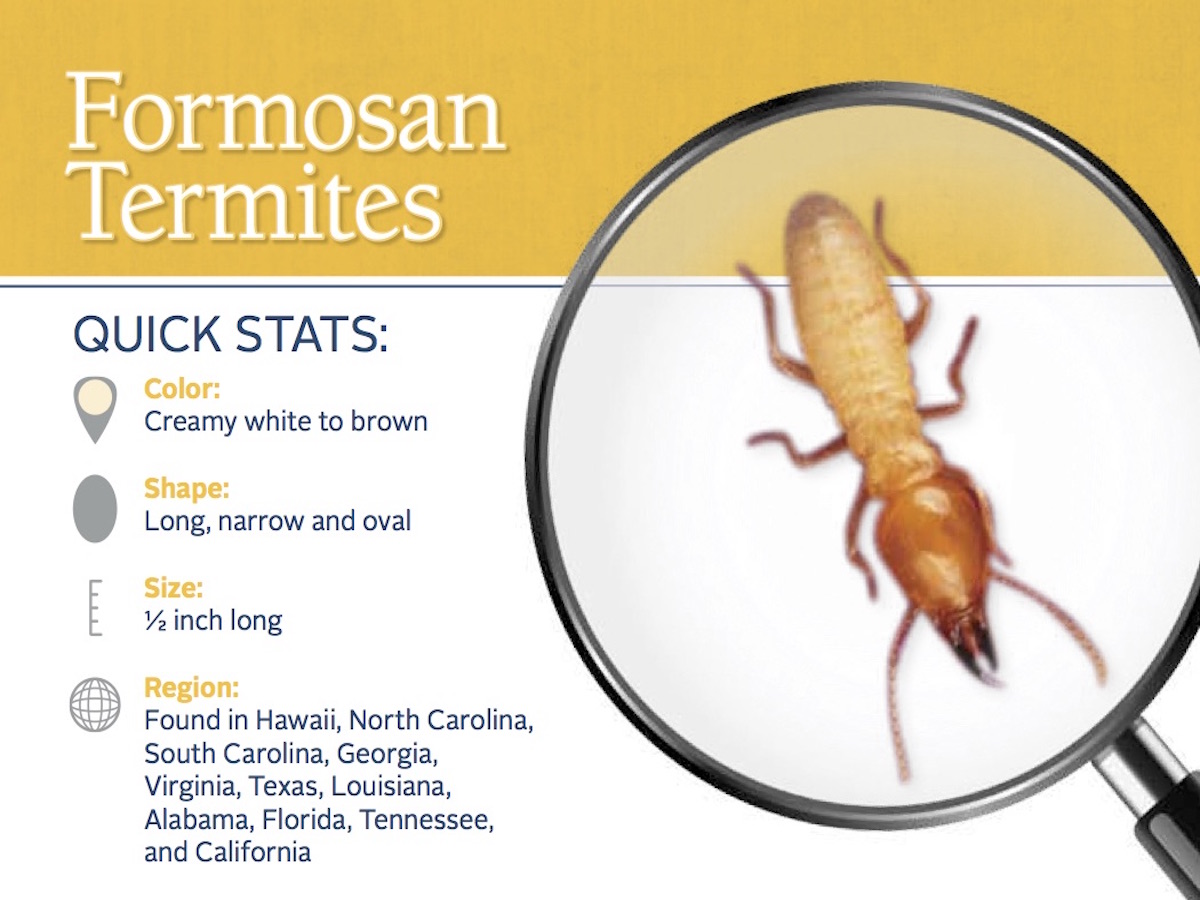
- Formosan termites are native to the Asian region, mainly in Japan, China, and Taiwan.
- They were unintentionally introduced to the United States in the 1940s and have since spread to many states, including Texas.
- In the early 2000s, Formosan termites were discovered in the Galveston area and in Houston, where they have since established colonies.
- The spread of Formosan termites is of particular concern due to their aggressive feeding behavior and their ability to cause extensive damage to homes and buildings.
- Formosan termites are capable of constructing large underground colonies with extensive mud-tube systems, which allow them to travel freely between their nests and food sources.
- Formosan termites are active throughout the year and are especially attracted to moist, humid environments. As a result, they are often found in homes and buildings with inadequate drainage and ventilation.
- In addition, Formosan termites are capable of rapidly consuming large amounts of wood and other cellulose materials, making them a significant threat to structures.
Signs of Formosan Termite Infestation
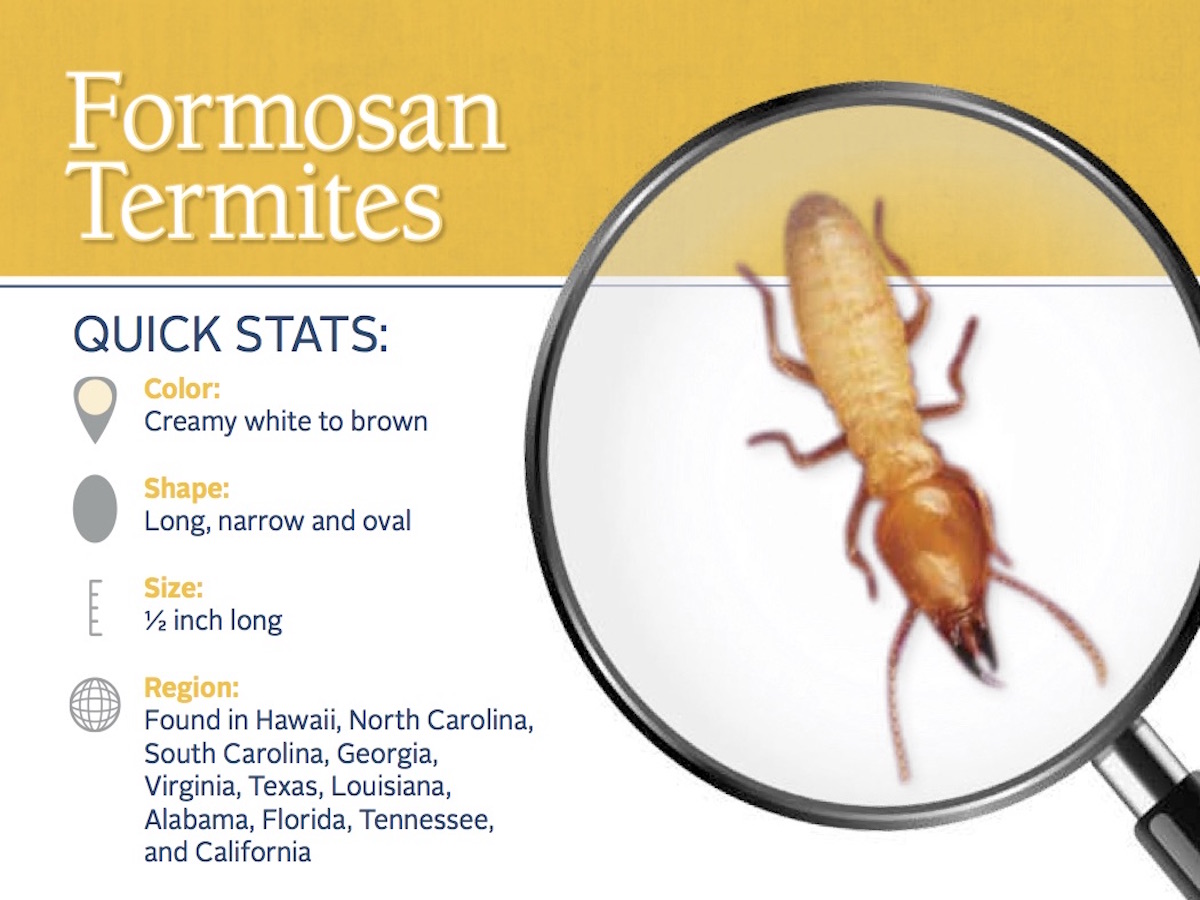
Formosan termites are an invasive species of termite originating from Asia, which has spread to several parts of the United States, including Texas. It is important to be aware of the signs of Formosan termite infestation so that it can be quickly identified and managed.
Common signs of a Formosan termite infestation include: swarming termite alates, mud tubes, and damaged wood. Swarming termite alates are winged, reproductive termites that are seen during the reproductive season, usually from spring to early summer. Mud tubes are small tunnels that the termites build with soil, saliva, and feces to protect them from predators and the environment. Damaged wood is another sign, as Formosan termites can cause severe structural damage to wooden structures. Additionally, droppings resembling sawdust, as well as discarded wings from swarming termite alates, may be seen near the infested area.
If you suspect a Formosan termite infestation in your home, it is important to contact a professional exterminator as soon as possible.
Identification of Formosan Termites
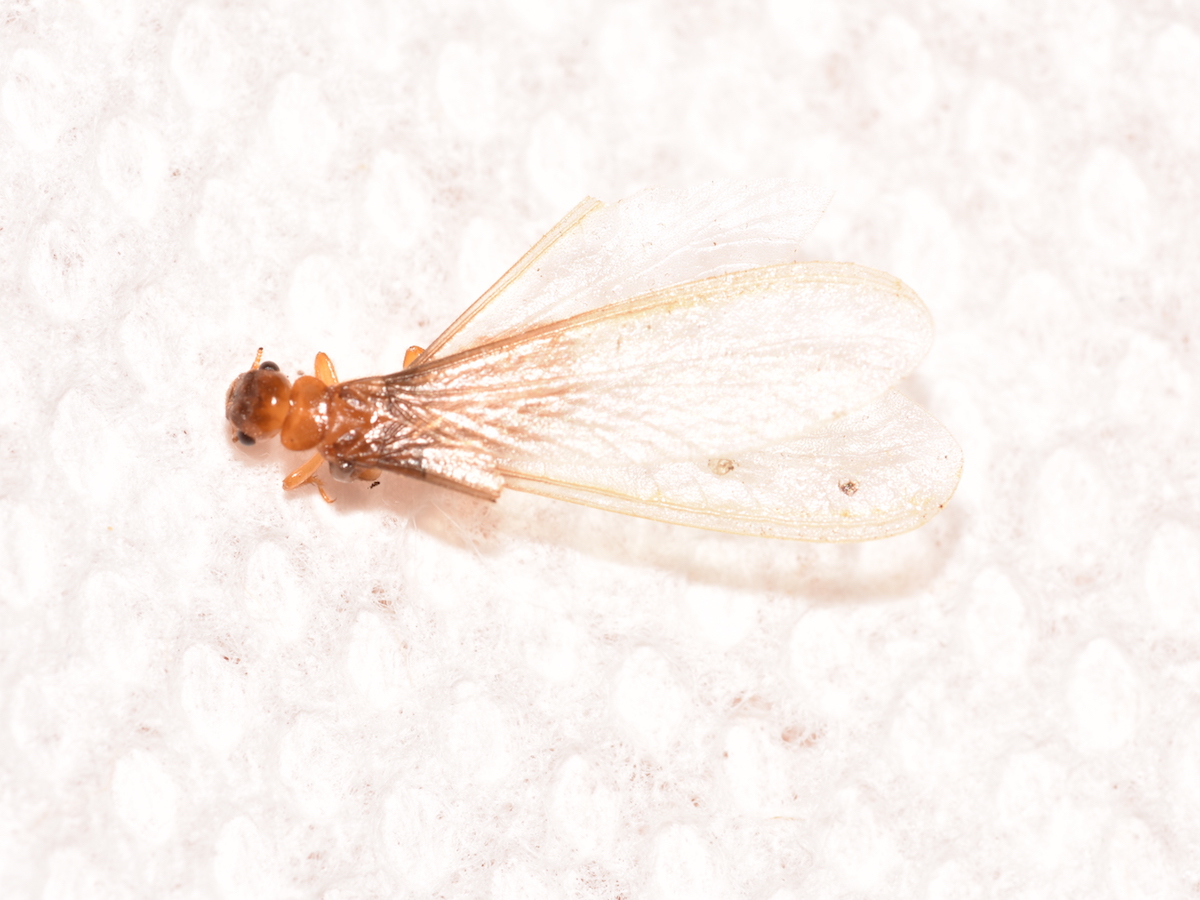
- Mature Formosan termites have a yellowish-brown color.
- They have a long, segmented body with six legs.
- Soldiers have darker heads than workers.
- Soldiers also have an enlarged, yellowish-brown head with large mandibles.
- Formosan termite soldiers have a black spot on their back.
- The wings of swarming Formosan termites are twice as long as their bodies.
- Formosan termites nest in the ground and create mud tubes to access wood in buildings.
Damage Caused by Formosan Termites
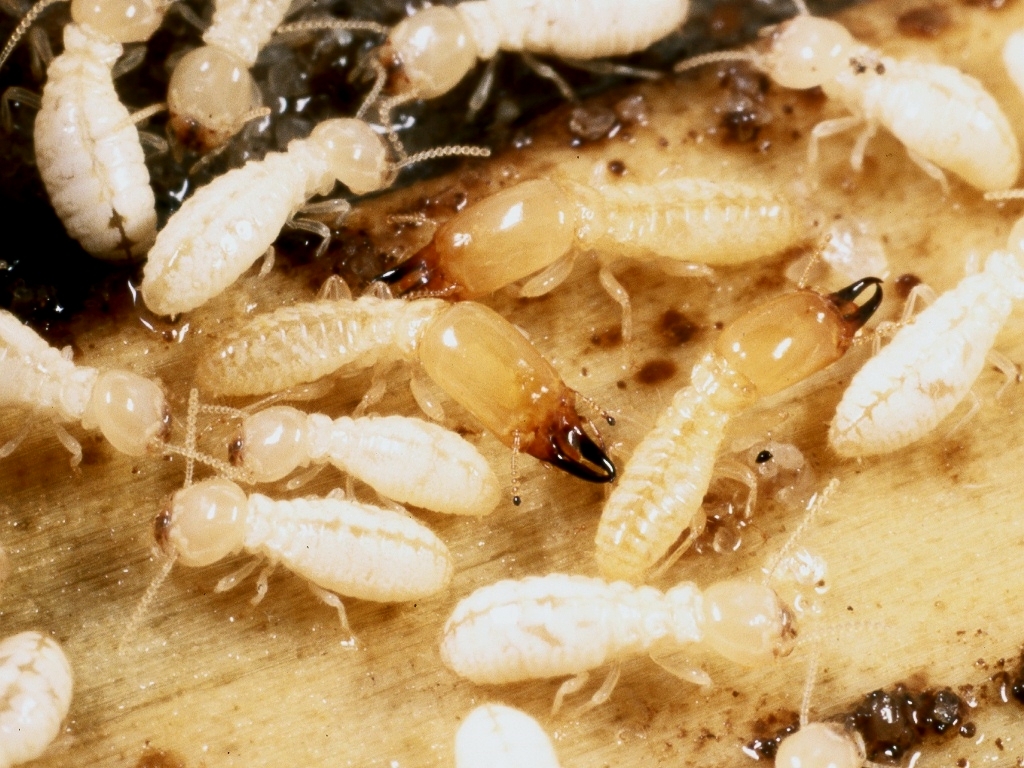
Formosan termites are among the most destructive and costly pests in the world. They can cause extensive damage to wooden structures, including homes, buildings and other man-made structures. The damage caused by Formosan termites can be severe and costly, as the termites can eat through wood and other cellulose materials quickly and efficiently. They have been known to cause major structural damage to homes and buildings, which can be very costly to repair. Additionally, the presence of Formosan termites can also lead to other forms of damage, such as electrical and water damage, as well as the destruction of plants and other vegetation. In Texas, Formosan termites are especially destructive, as they are able to thrive in the hot, humid climate.
Prevention and Control of Formosan Termites
- Surveying the property for Formosan termites and other wood-destroying insects.
- Reducing moisture and ventilation around the foundation.
- Installing chemical barriers such as termiticides and insecticides around the foundation.
- Repairing plumbing and other water leaks.
- Removing wood and other cellulose materials from around the foundation.
- Replacing wood and other cellulose materials with materials that are resistant to termite damage.
- Regularly inspecting the property for signs of termite activity.
- Applying borate-treated wood and other materials to vulnerable areas.
- Using physical barriers such as metal flashing and mesh screens.
- Trimming trees and shrubs away from the foundation.
Treatment of Formosan Termites
Formosan termites require specialized treatments due to their aggressive and destructive behavior. Treatments should be designed to eliminate the entire colony and protect against future infestations. The most effective treatments are usually a combination of liquid termiticides, baiting, and physical exclusion.
Liquid Termiticides
Liquid termiticides are used to create a barrier between the termites and their food source. This barrier is applied to the soil around the house and in the walls of the structure, killing any termites that come in contact with it.
Baiting
Baiting systems are used to attract and kill the termites. The bait is composed of a toxicant that is attractive to termites, which they will feed on and die.
Physical Exclusion
Physical exclusion is used to create a physical barrier between the termites and the structure. This barrier can be achieved through a combination of concrete barriers, metal flashing, and other physical barriers.
Conclusion
Formosan termites are a serious threat to homes and buildings in Texas. While there is no single treatment that can eliminate the entire colony, a combination of liquid termiticides, baiting, and physical exclusion can be effective in controlling and eliminating Formosan termite infestations.
Frequently Asked Questions
1. How did Formosan termites arrive in Texas?
Formosan termites were first detected in Texas in 2001 after being accidentally introduced via cargo ships from Asia. They were first spotted in Galveston and quickly spread throughout the Gulf Coast, making their way up to Mississippi and Louisiana. Today, they are found in over 40 counties and are considered to be a major pest in the region.
2. What types of damage are caused by Formosan termites in Houston?
Formosan termites can cause extensive structural damage to homes and buildings in Houston. They feed on wood, paper, and other cellulose-based materials, leaving behind hollowed out galleries that weaken the structure of buildings. They can also damage electrical wiring and insulation, leading to costly repairs and renovations.
3. How can I tell if I have Formosan termites in my home?
Formosan termites can be identified by their large size, white color, and swarming behavior. Signs of an infestation include mud tubes on walls, wood damage, and discarded wings. If you suspect an infestation, contact a pest control expert to confirm and create a control plan.
4. What are the best methods for managing Formosan termite infestations?
The best methods for managing Formosan termite infestations include identifying and removing sources of infestation, using insecticides and baits, and treating the soil around and beneath the structure. Professional pest control companies can provide inspection, treatment, and prevention services. Homeowners can also take proactive steps to reduce the risk of infestation, such as sealing cracks in foundations and eliminating excess moisture.
Are there any preventative measures I can take to keep Formosan termites away from my home?
Yes, there are several preventative measures you can take to keep Formosan termites away from your home. Have your home inspected regularly for any signs of termite activity. Remove any wood debris or other cellulose material from around your home. Seal any cracks or crevices in the foundation and siding of your home. Install a physical barrier around the perimeter of your home such as a termite shield. Maintain adequate ventilation in crawl spaces and around your foundation. Finally, regularly inspect your trees and remove any dead branches or stumps, as these are attractive to Formosan termites.
Conclusion
Formosan termites are an invasive species that can cause extensive damage to homes and other structures if left unchecked. It is important to take the necessary steps to identify and eliminate these pests, as the costs associated with repairs and pest control can be extensive. Homeowners should routinely inspect their property for signs of termite activity and contact a professional pest control company if they suspect an infestation. Regular pest control treatments may also be necessary to keep Formosan termites from invading and damaging a home.

